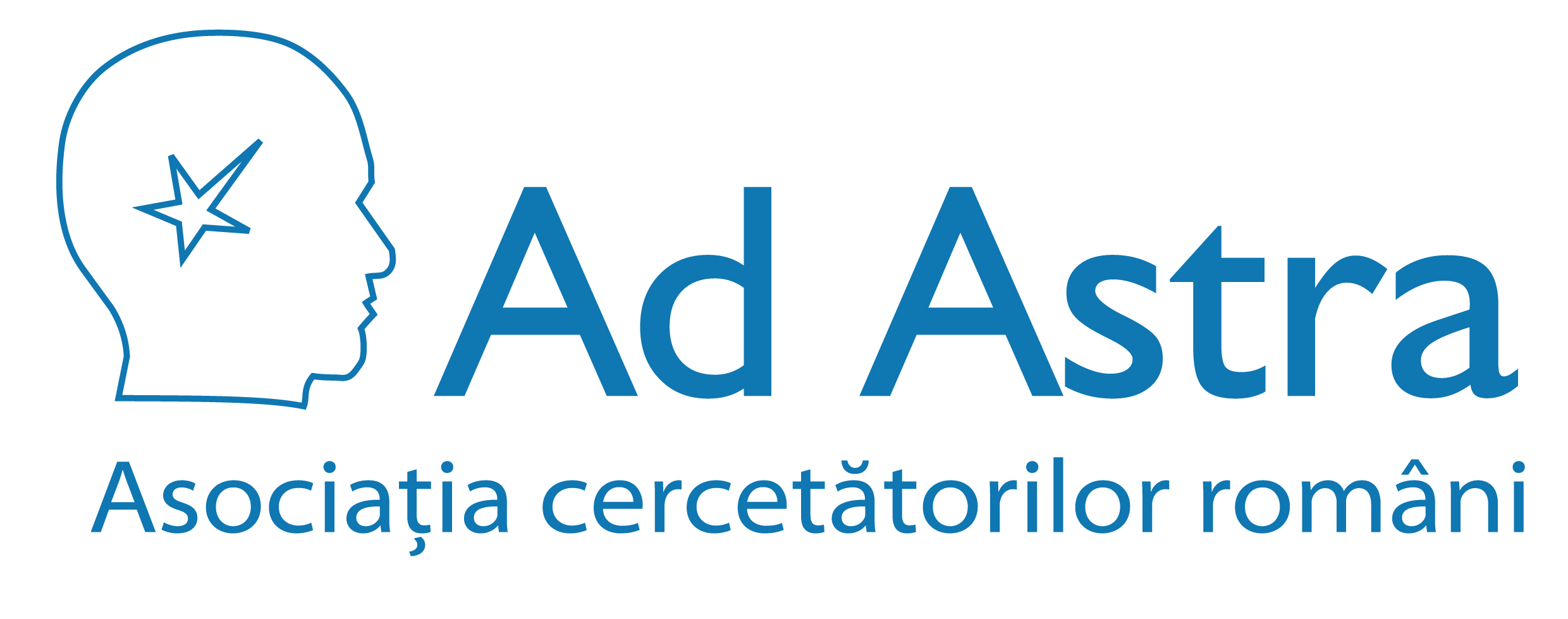Scopul nostru este sprijinirea şi promovarea cercetării ştiinţifice şi facilitarea comunicării între cercetătorii români din întreaga lume.
Staff Login
A generic procedure for semantics-oriented landform classification using object-based image analysis
Domenii publicaţii > Ştiinţele pământului şi planetare + Tipuri publicaţii > Articol în volumul unei conferinţe
Autori: Clemens Eisank, Lucian Dragut, and Thomas Blaschke
Editorial: Hengl, T., I. S. Evans, J. P. Wilson, and M. Gould, Proceedings Geomorphometry 2011, p.125-128, 2011.
Rezumat:
In most landform classification studies – either per cell or object-based – the authors have ignored modeling the semantics of landforms explicitly. Thus, landform classification schemes rely on individual knowledge, and are too much tailored to specific areas and/or scales. Integration of structured knowledge models in the classification process has been proposed to overcome the limitations in transferability. We are working towards a general procedure for flexible hierarchical landform classification in object-based image analysis (OBIA). This paper presents the conceptual framework, exemplified by landforms of the glacial domain. The methodology includes (1) definition of interoperable concepts of glacial landforms, (2) segmentation-based derivation of characteristic geomorphometric object patterns from land-surface models (LSM), (3) formalization of concepts by applying semantic modeling, and (4) semantics-based extraction of quantitative and relational rules for interoperable hierarchical classification. In order to test transferability the extracted rule base will be applied to classify glacial landforms in several high alpine regions. Results will be evaluated by experts and, in addition, compared to reference maps. The proposed semantics-based framework will enable the derivation of interoperable classification rules as well as the exchange of glacial landform knowledge. Moreover, links between qualitative landform hierarchies and geomorphometric object hierarchies are provided. The semantic model may define a standard for semi-automatic reproduction of glacial landform classifications in OBIA. Results thus become comparable and independent of both the user’s perspective and the spatial quality of LSM. The model can easily be extended to include landforms of other domains.
Cuvinte cheie: Geomorphometry, DEM, OBIA
URL: http://www.geomorphometry.org/system/files/Eisank2011geomorphometry.pdf

